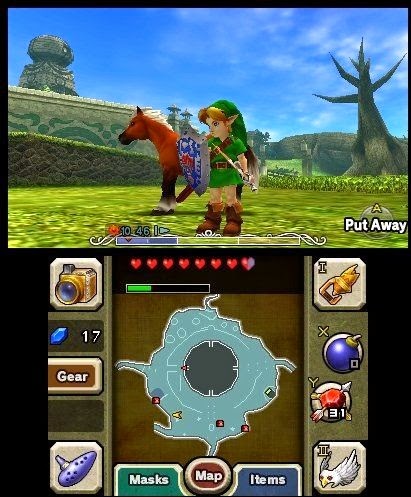Do you know which lottery strategy is best? Great question. Anything you do to improve your chances of winning the lottery jackpot is considered a lottery strategy. But, is it a good strategy? There are really only two things you can do.
1. Buy a bunch of tickets.
2. Improve your chances of winning.
For example, if the chances of winning the lottery jackpot are 1:2,500,000, you can improve your chances of winning to 1:100,000 if you buy 25 wagers. But, for those of us who would prefer to use our brain rather than our money, we use lottery software to improve our chances of winning the lottery jackpot before we spend money on wagers.
Obviously, method #2 is preferable because it allows you to stretch your lottery budget while maintaining similar coverage of all possible wagers. In other words, if you can improve your chances of winning to 1:100,000 using lottery number analysis techniques, then you only have buy 1 wager to have the same chances. So, if you're a serious lottery player, purchasing some good lottery software is a no-brainer. It pays for itself in a couple of weeks.
An intelligent lottery player tries to cover as many of the possible winning wagers as possible. I call this your Lotto Footprint or LFP. Environmentalists use a similar term, Carbon Footprint, to describe the effect each of us has on global warming. However, the environmentalist wants a small Carbon Footprint and serious lottery player wants a large Lotto Footprint. The larger the LFP the better your chances of winning are.
I've created a simple formula for LFP that you can use to compare different lottery strategies. It incorporates both approaches mentioned above. Here's the formula.
LFP = tickets purchased /# of possible wagers in Millions
By keeping the numerator small, you can control your budget. So, we'll concentrate on reducing the size of the denominator; the number of possible wagers. In this article we'll use the Massachusetts Cash WinFall, 6/46 Lotto.
Everybody playing the MA646 lottery starts out with 9,366,819 possible wagers from which to choose. In the LFP formula, we will use 9.366819. If the player buys 1 wager:
LFP = 1/9.366819 = 0.107
The easy way to improve your coverage of the MA646 lottery, to increase your LFP, would be buy more wagers. For example, buying 25 wagers results in an LFP of 2.67; indicating that your coverage has improved.
But, how does the serious lottery player reduce the number of possible wagers? Simple. It's called a reduced Play List. Unlike everyone else in Massachusetts who is playing a 6 out of 46 game, our guy is playing a different game. Lets� suppose that by using his lottery software to analyze the lottery, he is convinced that the number 38 will not hit in the next drawing. He will not play any wager that has the number 38 in it.
No big deal, you say. WRONG!!! It is a big deal. This simple act of removing 1 number from play has removed 1,221,759 wagers from play! That's over a MILLION wagers. You see, while everyone else in Massachusetts is playing a 6/46 lottery, our guy is playing a 6/45 game. His chances of winning the lottery jackpot are now 1:8,145,060. This is reflected in a 15% improvement in the LFP.
LFP = 25/8.14506 = 3.07
But, why stop there. Serious lottery players, that follow my lottery strategies, will apply what I call the 80% rule. They will create a Play List that has 36 numbers (80% of 46). The chances of winning a 6/36 lottery are 1:1,947,792 and out LFP is 12.84. That's a phenomenal 380% improvement in LFP.
LFP = 25/1.947792 = 12.84
Now, the more numbers you remove, the greater are the chance of removing one of the winning numbers. But, we counter this with lottery trend analysis techniques. In other words, we do a good job of selecting the numbers to include in our list. I'll freely admit that it doesn't work every time, but over the long haul, an experienced player will do much better.
Just one more point, before I send you off to buy some good lottery Software. Here's the bottom line. I wonder how much money the average Massachusetts player would have to spend to achieve the same LFP that our serious lottery player did? Well, we just use the LFP formula in reverse.
$ spent = 12.84 x 9.366819 = $120
There are many more things that a serious lottery player can do to improve his LFP even further. Read more of my articles to learn more.






 The Walking Dead Season 2: Episode 2 ‘A House Divided’ Walkthrough
The Walking Dead Season 2: Episode 2 ‘A House Divided’ Walkthrough Fallout 4: How to Get the Bear Helmet (Mascot Head)
Fallout 4: How to Get the Bear Helmet (Mascot Head) Call of Duty: Black Ops Guide
Call of Duty: Black Ops Guide Killer Is Dead Review - Let Me Play Already
Killer Is Dead Review - Let Me Play Already Do You Really Need A Premium Mouse To Be A Competitive PC Gamer?
Do You Really Need A Premium Mouse To Be A Competitive PC Gamer?